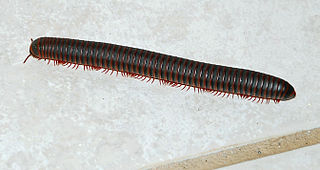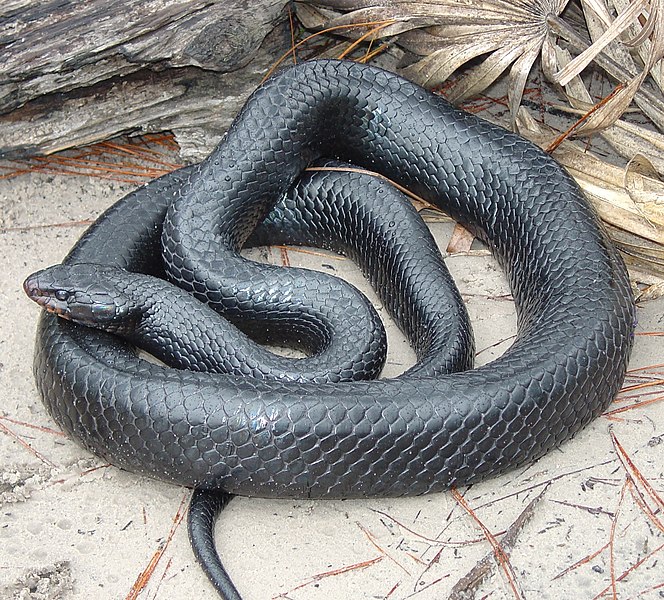 I find it difficult to express just how fortunate I’ve been in having had the chance to work with 12 Crocodilian species in the wild and captivity. Breeding Dwarf Caimans, wrestling Orinoco Crocodiles into boats, getting up close and personal to Gomek (a giant, now famous Salt Water Croc), rearing Indian Gharials…these and many other experiences remain etched in my memory. One species in particular cemented my interest in the group, and remains as much a mystery today as it was when I first saw it some 40 years ago – the massive False Gharial, Tomistoma schlegelii.
I find it difficult to express just how fortunate I’ve been in having had the chance to work with 12 Crocodilian species in the wild and captivity. Breeding Dwarf Caimans, wrestling Orinoco Crocodiles into boats, getting up close and personal to Gomek (a giant, now famous Salt Water Croc), rearing Indian Gharials…these and many other experiences remain etched in my memory. One species in particular cemented my interest in the group, and remains as much a mystery today as it was when I first saw it some 40 years ago – the massive False Gharial, Tomistoma schlegelii.
A Mysterious Giant
The False Gharial, which may exceed 16 feet in length, is the least-studied of the large Crocodilians, and among the rarest. It has been bred in captivity only 3 times in the last 60 years (once at the Bronx Zoo, prior to my tenure) and few US zoos exhibit them today; 28 reside in European zoos, while South America is home to 1 specimen.
A secretive nature keeps the False Gharial shrouded in mystery. The few field studies that have been carried out (please see below) indicate that it has been exterminated from much of its range. Read More »
 That Reptile Blog – Reptile, Amphibian and Exotic Pet Care and Information
That Reptile Blog – Reptile, Amphibian and Exotic Pet Care and Information



